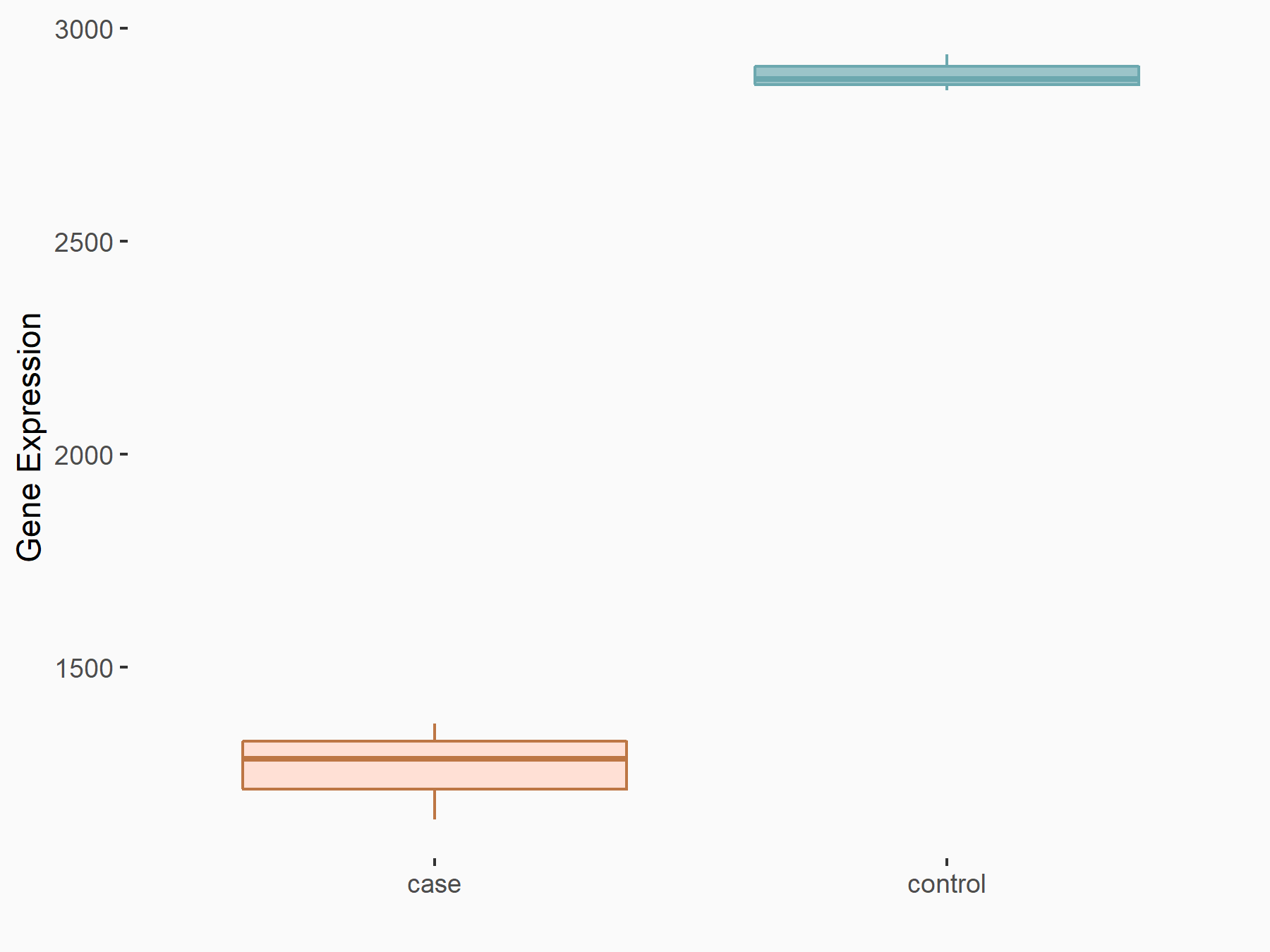m6A Target Gene Information
General Information of the m6A Target Gene (ID: M6ATAR00411)
Full List of m6A Methylation Regulator of This Target Gene and Corresponding Disease/Drug Response(s)
SREBF1
can be regulated by the following regulator(s), and cause disease/drug response(s). You can browse detail information of regulator(s) or disease/drug response(s).
Browse Regulator
Browse Disease
Fat mass and obesity-associated protein (FTO) [ERASER]
| Representative RNA-seq result indicating the expression of this target gene regulated by FTO | ||
| Cell Line | 253J cell line | Homo sapiens |
|
Treatment: siFTO 253J cells
Control: 253J cells
|
GSE150239 | |
| Regulation |
  |
logFC: -1.19E+00 p-value: 4.36E-38 |
| More Results | Click to View More RNA-seq Results | |
| In total 1 item(s) under this regulator | ||||
| Experiment 1 Reporting the m6A Methylation Regulator of This Target Gene | [1] | |||
| Response Summary | FTO increased the lipid accumulation in hepatocytes by increasing nuclear translocation of Sterol regulatory element-binding protein 1 (SREBF1) and SREBP1c maturation, thus improving the transcriptional activity of LD-associated protein CIDEC.The studies provide new mechanistic insight into nonalcoholic fatty liver disease (NAFLD) mediated by FTO. | |||
| Target Regulation | Up regulation | |||
| Responsed Disease | Non-alcoholic fatty liver disease | ICD-11: DB92 | ||
| Cell Process | Lipogenesis | |||
| In-vitro Model | HEK293T | Normal | Homo sapiens | CVCL_0063 |
| Hep-G2 | Hepatoblastoma | Homo sapiens | CVCL_0027 | |
| In-vivo Model | After being fed with high-fat diet for 4 weeks, mice were given twice vena caudalis injection of control siRNA or Cidec siRNA (50 ug/mouse) mixed with liposome. Liposomes were prepared as described elsewhere. | |||
YTH domain-containing protein 2 (YTHDC2) [READER]
| In total 1 item(s) under this regulator | ||||
| Experiment 1 Reporting the m6A Methylation Regulator of This Target Gene | [2] | |||
| Response Summary | In nonalcoholic fatty liver disease, Ythdc2 could bind to mRNA of lipogenic genes, including Sterol regulatory element-binding protein 1 (SREBF1), fatty acid synthase, stearoyl-CoA desaturase 1, and acetyl-CoA carboxylase 1, to decrease their mRNA stability and inhibit gene expression. | |||
| Target Regulation | Down regulation | |||
| Responsed Disease | Non-alcoholic fatty liver disease | ICD-11: DB92 | ||
| Pathway Response | RNA degradation | hsa03018 | ||
| Cell Process | RNA stability | |||
| In-vivo Model | All mice were housed at 21℃ ± 1℃ with a humidity of 55% ± 10% and a 12-hour light/dark cycle. The high-fat diets (HFDs), containing 60% kcal from fat, 20% kcal from carbohydrate, and 20% kcal from protein. | |||
Non-alcoholic fatty liver disease [ICD-11: DB92]
| In total 2 item(s) under this disease | ||||
| Experiment 1 Reporting the m6A-centered Disease Response | [1] | |||
| Response Summary | FTO increased the lipid accumulation in hepatocytes by increasing nuclear translocation of Sterol regulatory element-binding protein 1 (SREBF1) and SREBP1c maturation, thus improving the transcriptional activity of LD-associated protein CIDEC.The studies provide new mechanistic insight into nonalcoholic fatty liver disease (NAFLD) mediated by FTO. | |||
| Responsed Disease | Non-alcoholic fatty liver disease [ICD-11: DB92] | |||
| Target Regulator | Fat mass and obesity-associated protein (FTO) | ERASER | ||
| Target Regulation | Up regulation | |||
| Cell Process | Lipogenesis | |||
| In-vitro Model | HEK293T | Normal | Homo sapiens | CVCL_0063 |
| Hep-G2 | Hepatoblastoma | Homo sapiens | CVCL_0027 | |
| In-vivo Model | After being fed with high-fat diet for 4 weeks, mice were given twice vena caudalis injection of control siRNA or Cidec siRNA (50 ug/mouse) mixed with liposome. Liposomes were prepared as described elsewhere. | |||
| Experiment 2 Reporting the m6A-centered Disease Response | [2] | |||
| Response Summary | In nonalcoholic fatty liver disease, Ythdc2 could bind to mRNA of lipogenic genes, including Sterol regulatory element-binding protein 1 (SREBF1), fatty acid synthase, stearoyl-CoA desaturase 1, and acetyl-CoA carboxylase 1, to decrease their mRNA stability and inhibit gene expression. | |||
| Responsed Disease | Non-alcoholic fatty liver disease [ICD-11: DB92] | |||
| Target Regulator | YTH domain-containing protein 2 (YTHDC2) | READER | ||
| Target Regulation | Down regulation | |||
| Pathway Response | RNA degradation | hsa03018 | ||
| Cell Process | RNA stability | |||
| In-vivo Model | All mice were housed at 21℃ ± 1℃ with a humidity of 55% ± 10% and a 12-hour light/dark cycle. The high-fat diets (HFDs), containing 60% kcal from fat, 20% kcal from carbohydrate, and 20% kcal from protein. | |||
References